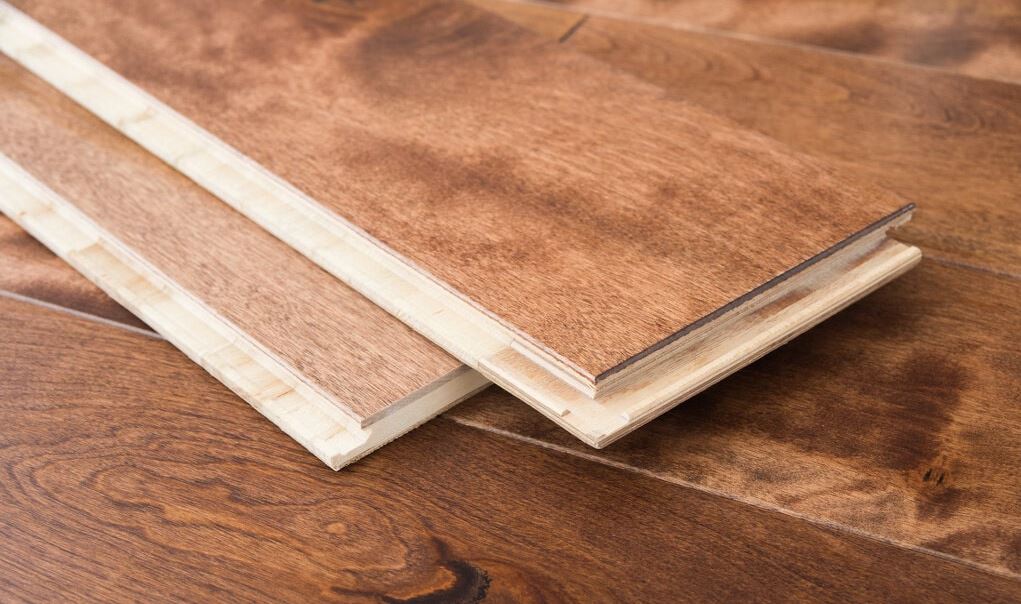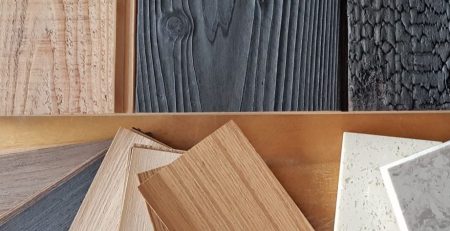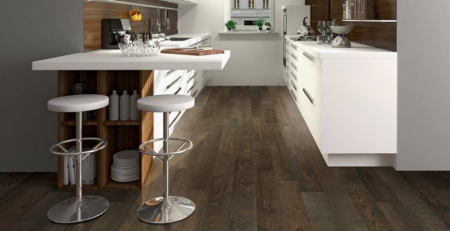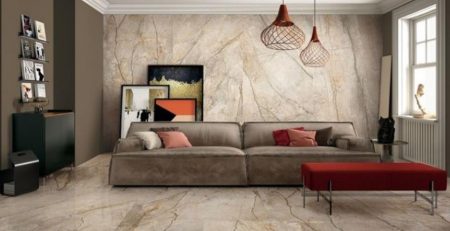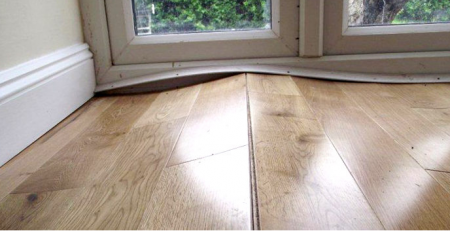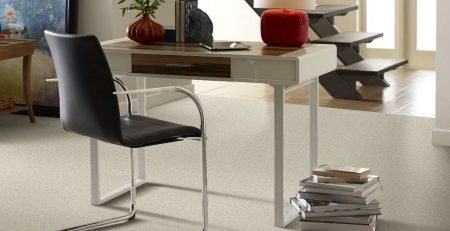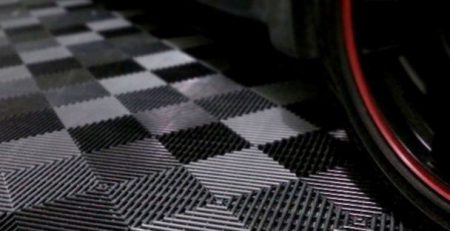Floating floor installation: simplifying service for better results
A floating floor refers to the type of floor covering superimposed on the pre-existing floor without using a fastener, such as glue or other adhesive material. It is installed on a smooth surface and has a thin thickness. This type of flooring has different textures and colors.
It is indispensable to make a correct evaluation of the floor before laying the cover, in order to identify and correct any unevenness that may exist.
This method started in Sweden in the late 1970s with the development of laminate flooring. The planks to be used for this purpose are specially manufactured with groove joints so they can join together, much like pieces of a jigsaw puzzle are assembled. No special tools or equipment are needed to install a laminate or floating floor.
Material, types, and installation of floating floors
The material used is made from several layers formed by special resins, melanin, a substrate with anti-humidity treatment, and a sheet that provides stability to the floor.
There are basically two types of floating floors: laminate or melamine and wood. The former have a plastic laminate, which imitates the appearance of wood and is mostly made of formica. The latter have an outer layer of natural wood and are already polished.
The laying for this type of flooring is relatively simple compared to other flooring material, because its assembly is quite easy.
What are the advantages of floating floor installation?
In addition to their ease of installation, floating floors offer many other advantages. They can be laid on top of an existing floor, as long as it is solid and level. The installation process is much faster than installing wood or stone flooring. They do not require the use of adhesives. You can find a wide variety of designs, styles, colors, and textures on floating floors, which will save you money, and you will still have an elegant and luxurious floor, although with lower quality.
However, these floors are not recommended for bathroom floors because of the humidity, and the footfall is quite noisy.
Floating floor installation: preparation
- We recommend that the place where the flooring installation is going to be carried out has a room temperature of approximately 18 ºC, relative humidity of 50- 60%, and a temperature on the subfloor of 15 ºC.
This temperature should be maintained during the first three days after the floor is installed, since the material must adapt to the conditions.
- Finally, it is important to keep doors and windows closed during the floating flooring installation.
- You must calculate the size of the laminates, to make sure that they fit in the space for the installation.
- Floating floors should never be glued, nailed, or fastened in any way to the subfloor.
The thickness of floating floor: durability and strength
Keep in mind, that these floors will have a particular function depending on where you install them. Thickness is not what will determine their durability.
It depends mainly on the traffic, which is very different if the floating floor installation is in a commercial office, than if it is in a home.
If you are looking for a floating floor for commercial use, its thickness should be related to its resistance to weight. For commercial use, such as offices or art galleries, the thickness is greater than if you install it in your home and you should not worry because it adapts to the conditions of what you need.
Other alternatives for home flooring installation
- Vinyl flooring is easy to install, water-resistant, and it has also high resistance to scratches and shocks. Its characteristics make it an ideal choice for commercial establishments, hotels, and sports facilities.
- Laminate flooring is made of compacted fibers and has a layer of melamine on the outside. Depending on its thickness, it can be ideal for different areas of the home, such as dining rooms, hallways, or stairways. It can be laid on top of other floors and its installation requires a sealing system.
- Ceramic flooring has high thermal conductivity and for this reason, it is an option for homes where it is very hot. This type of flooring is durable and provides a clean feel. An alternative to ceramic is a natural stone, such as marble, terracotta, or granite.

